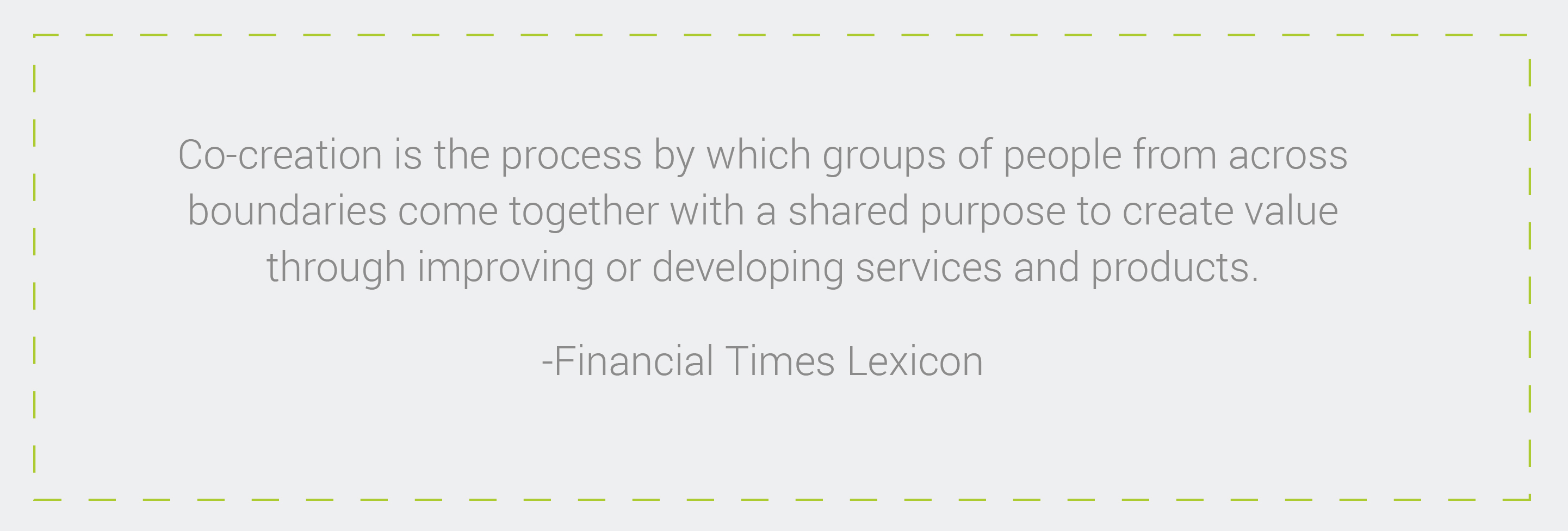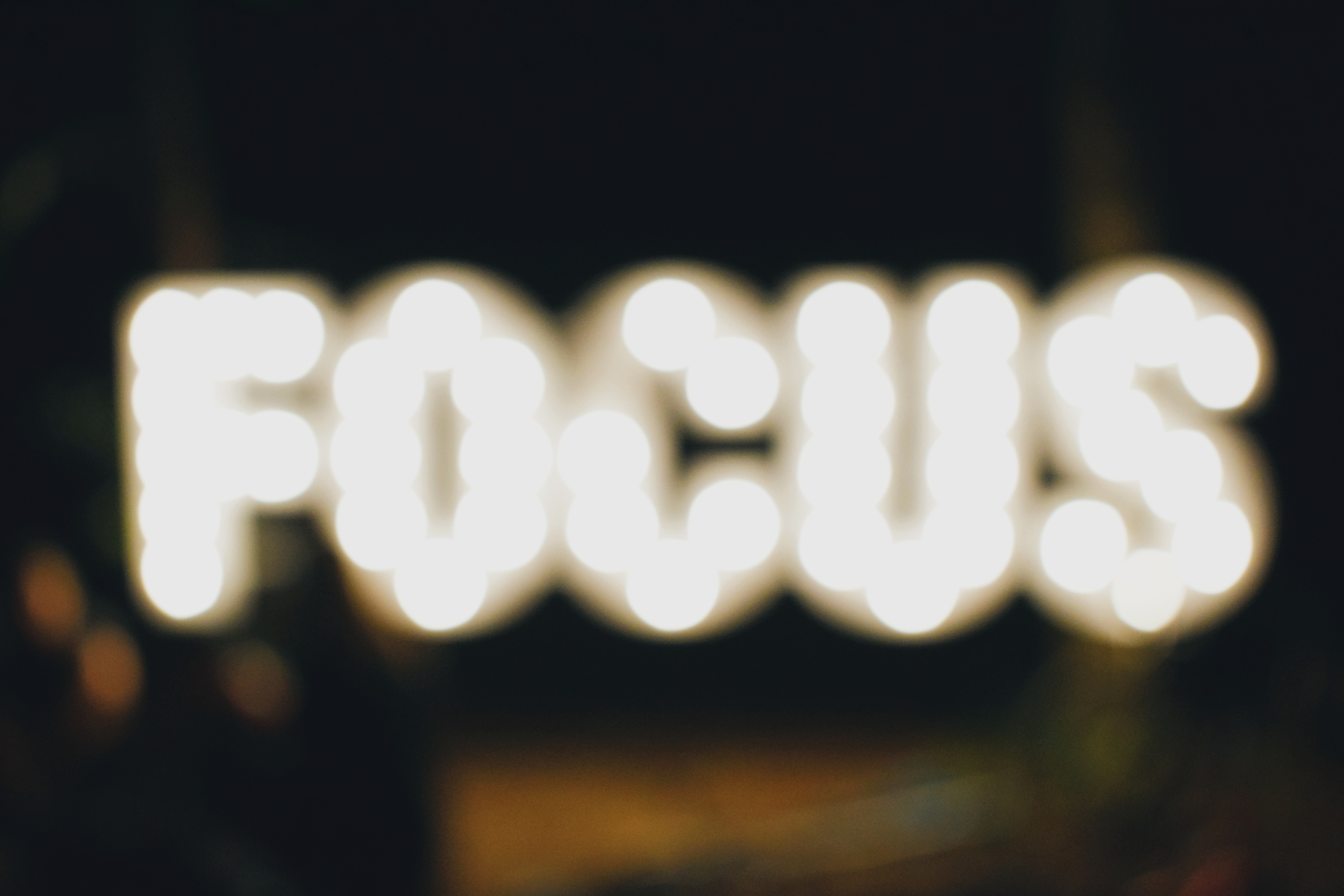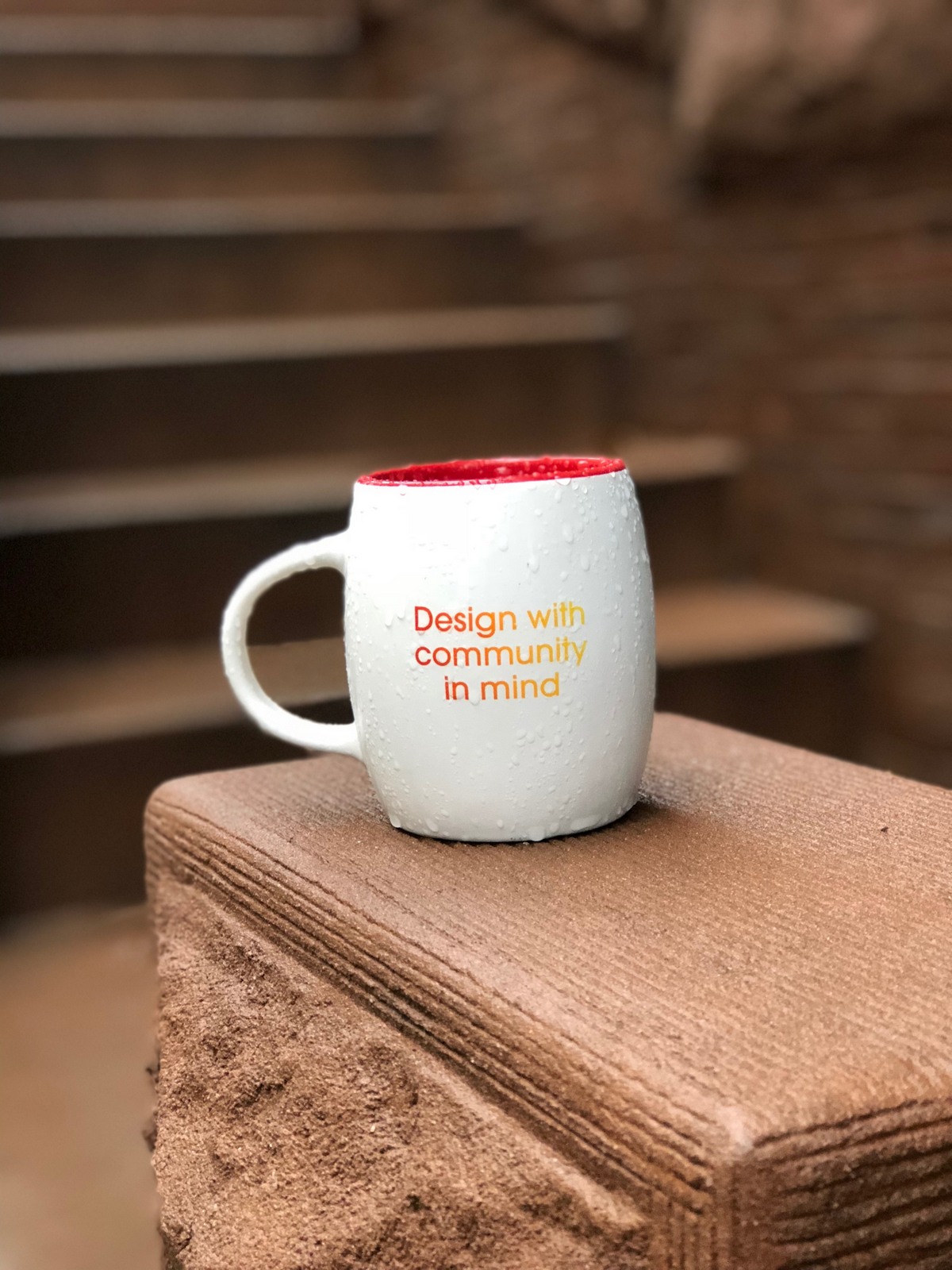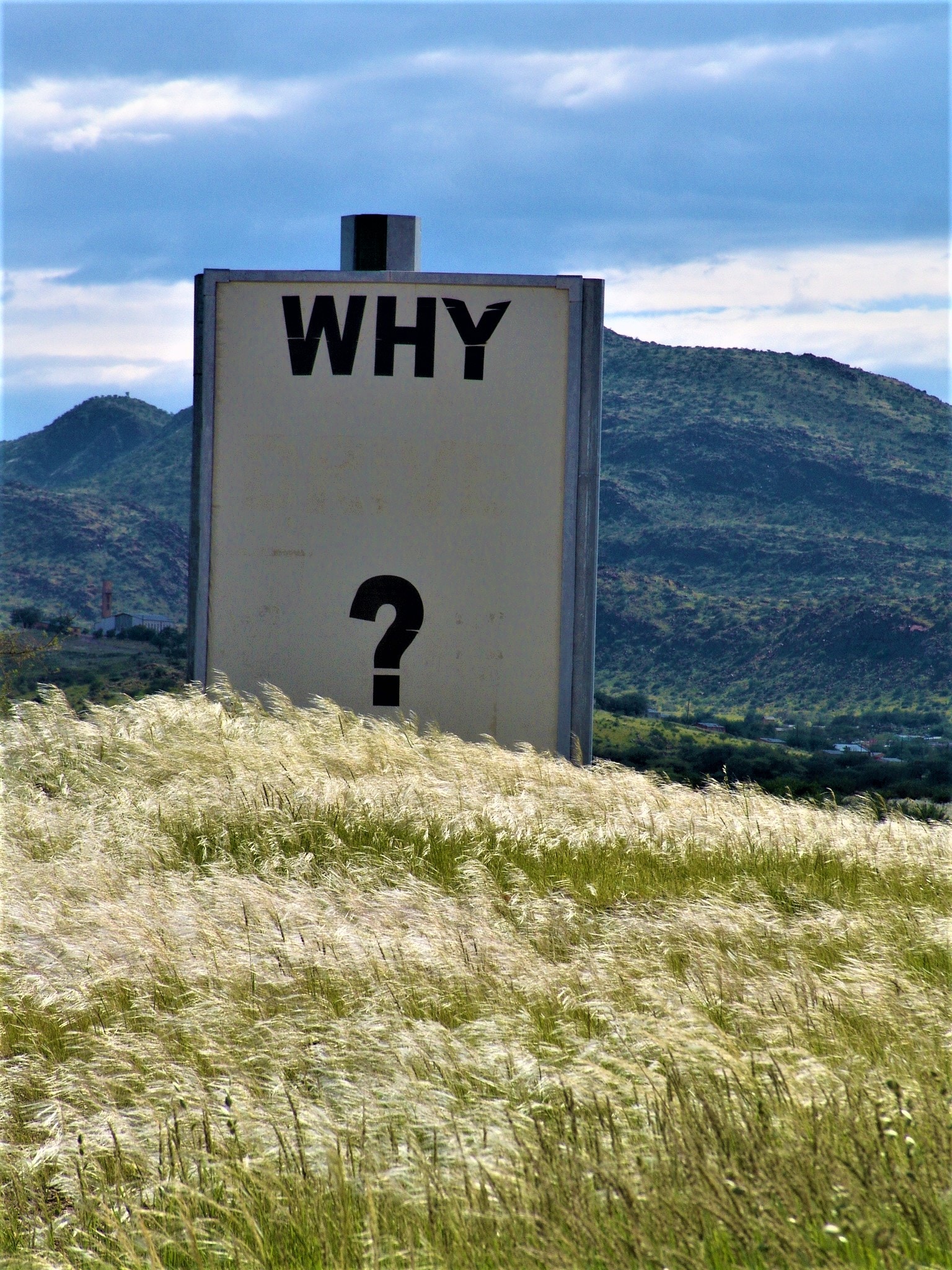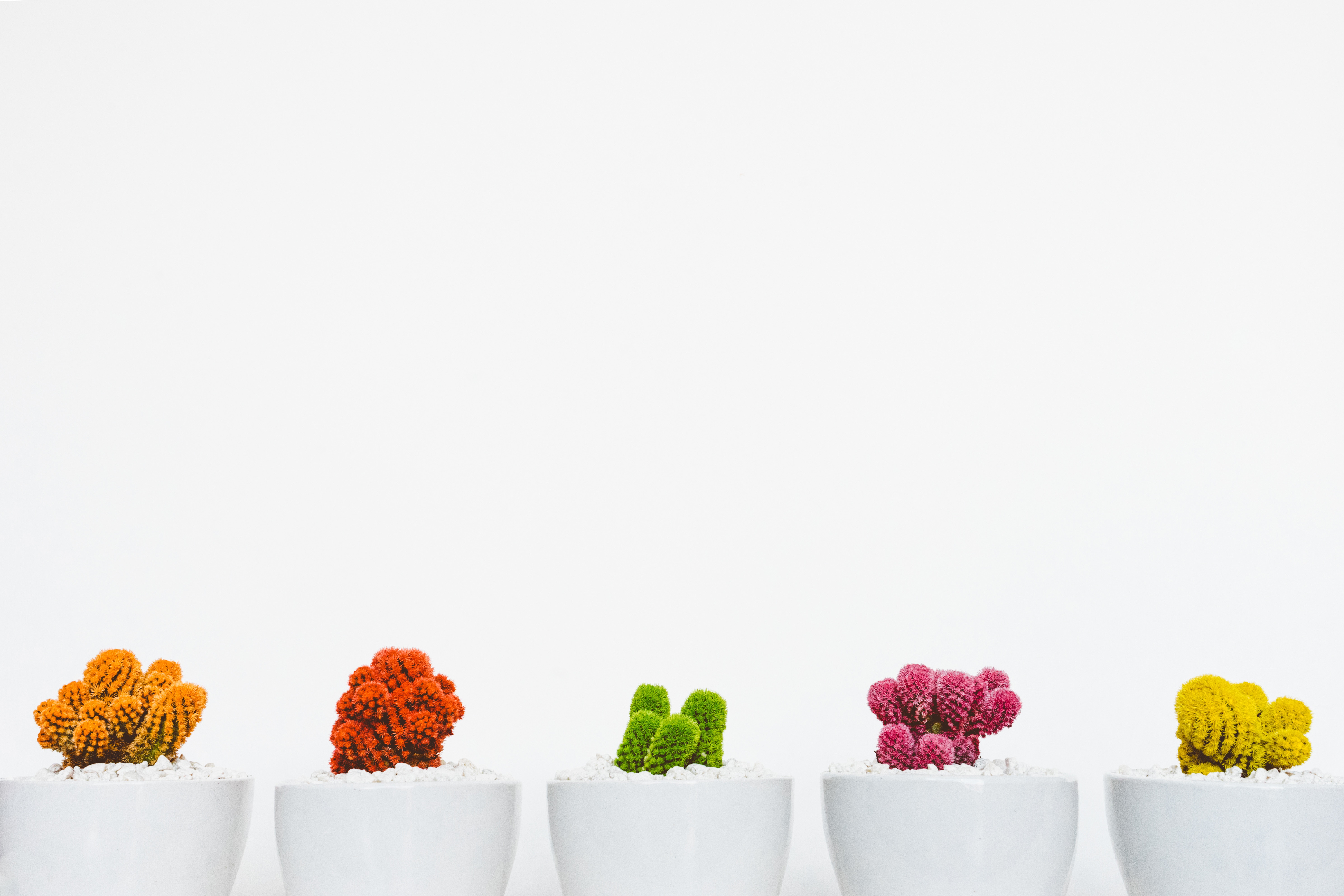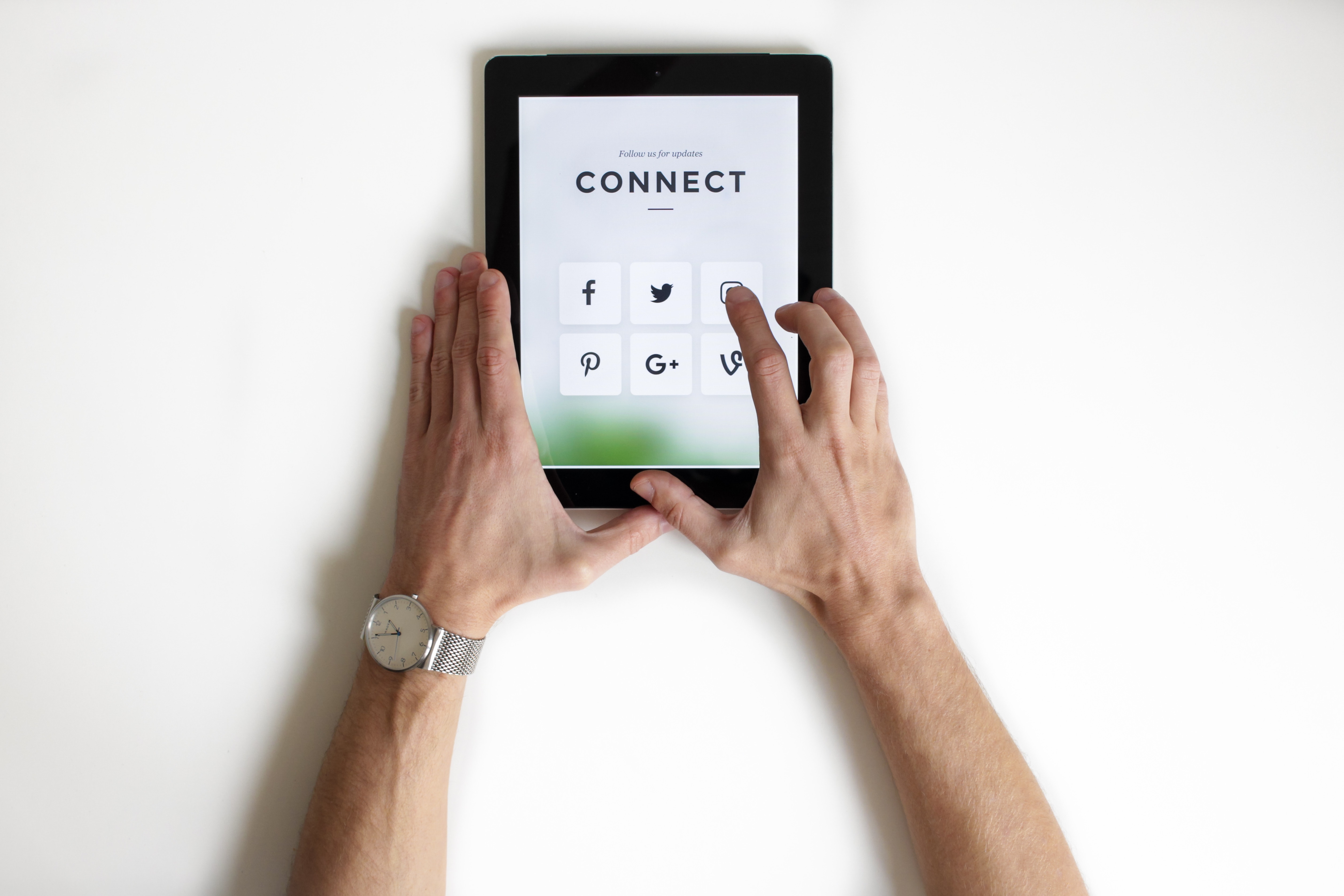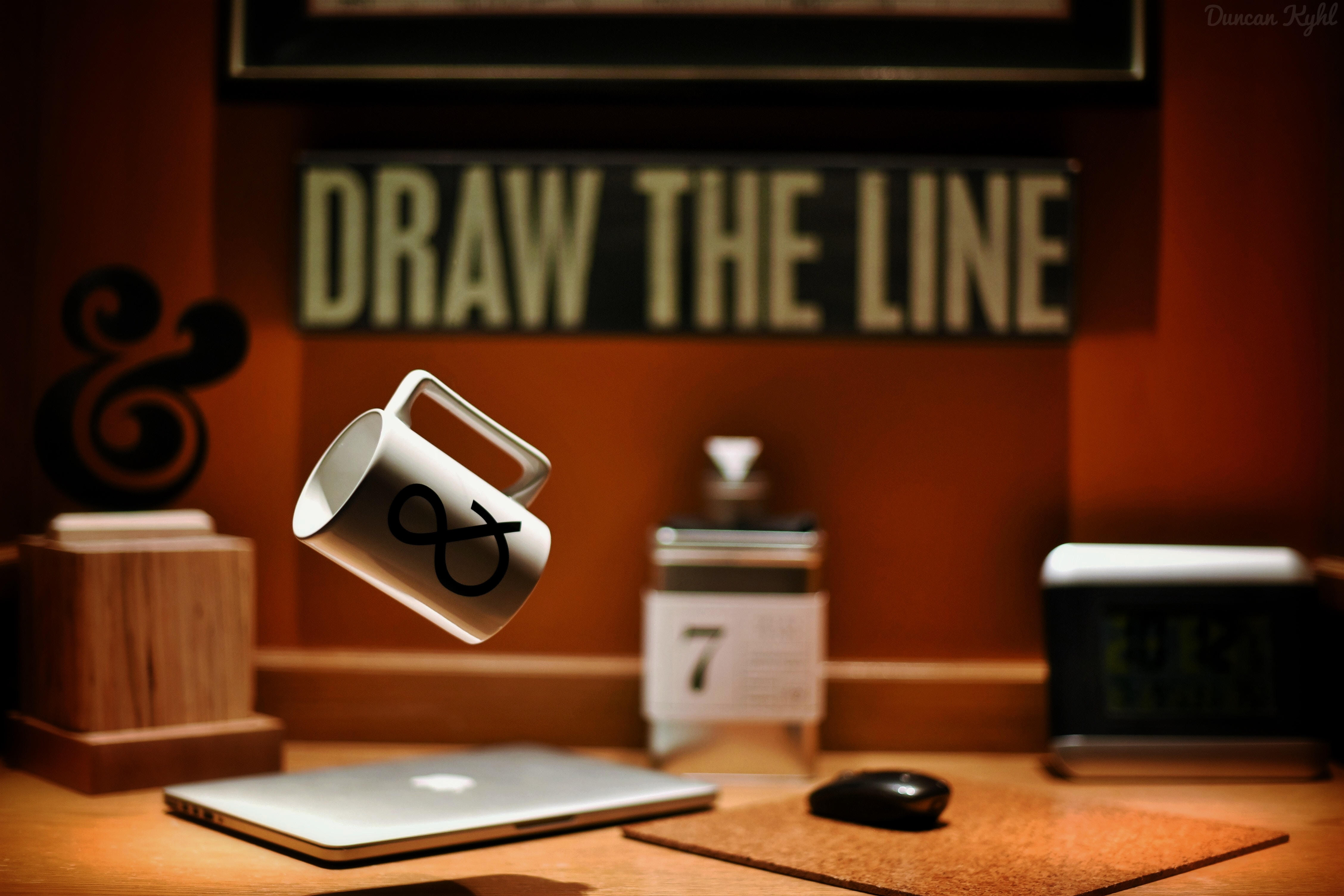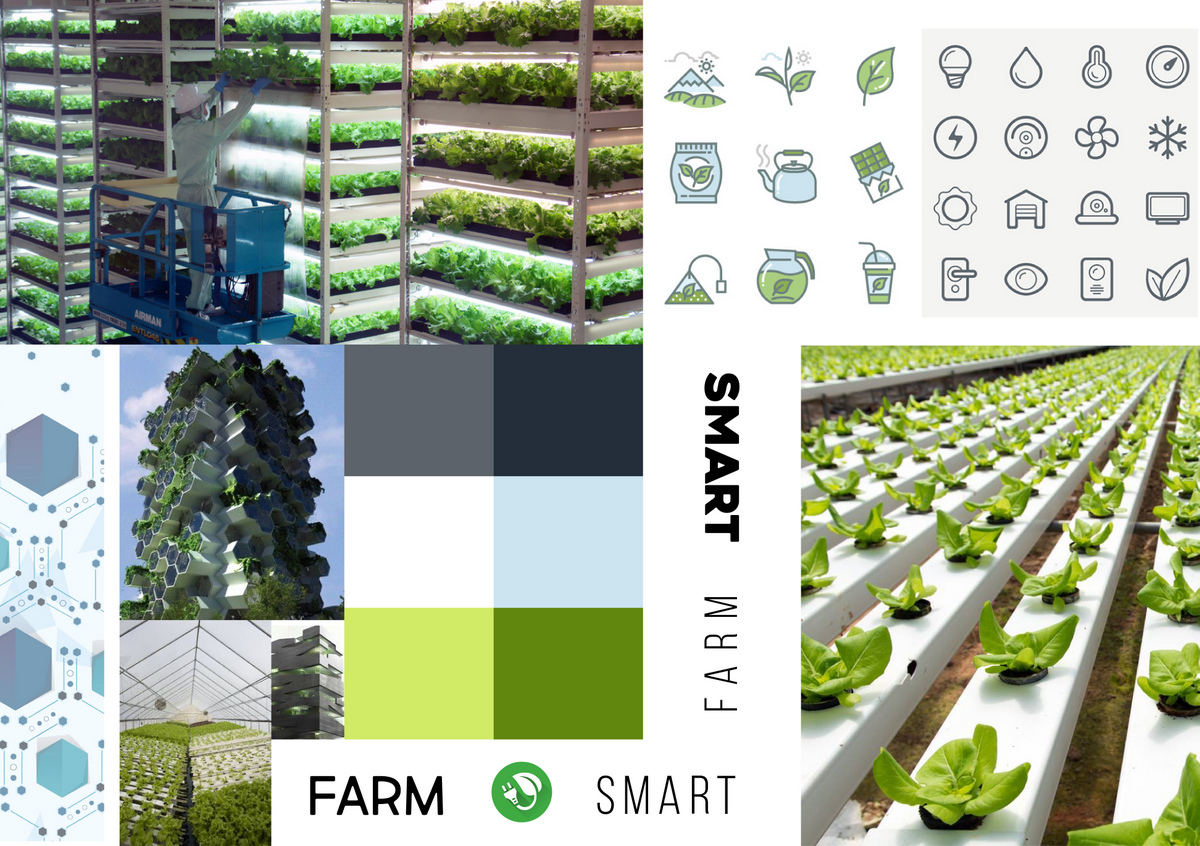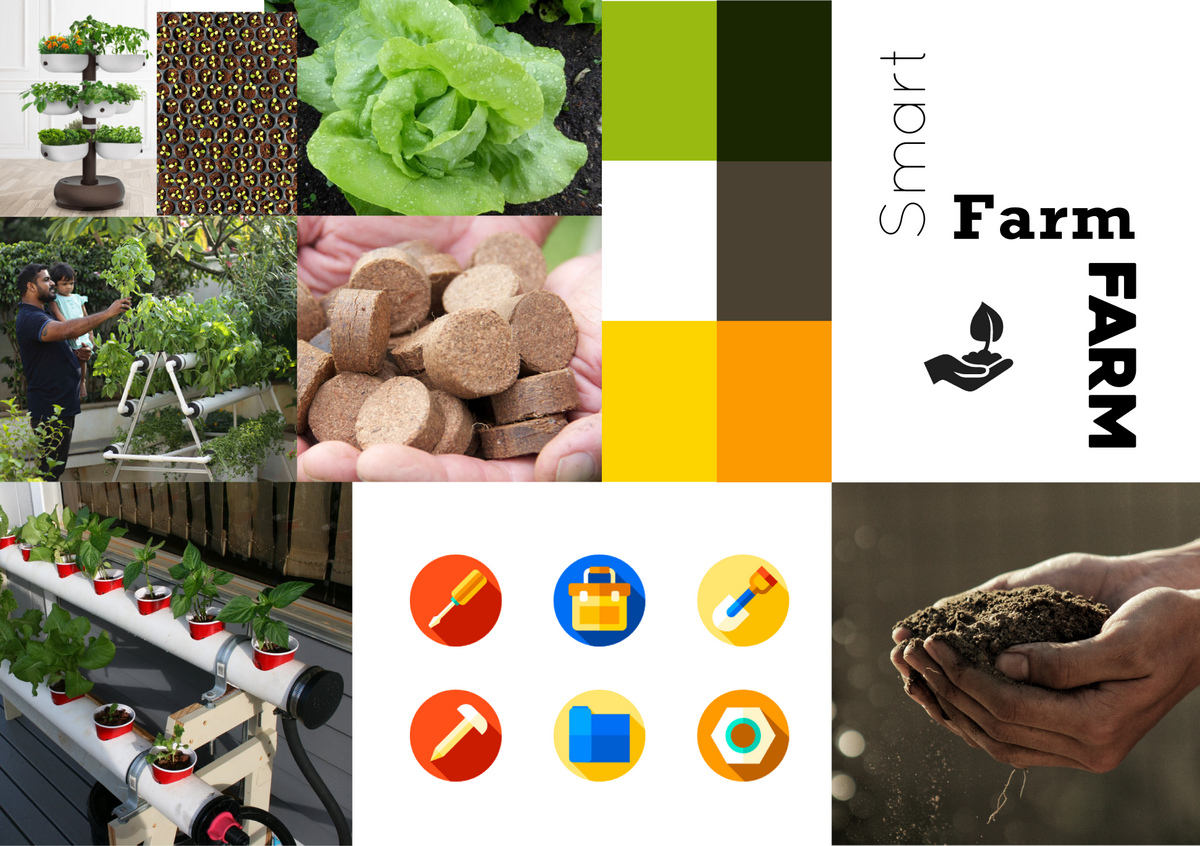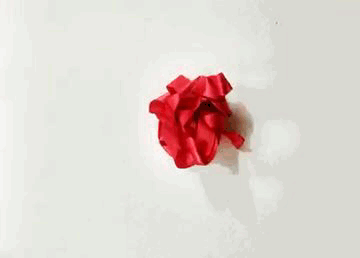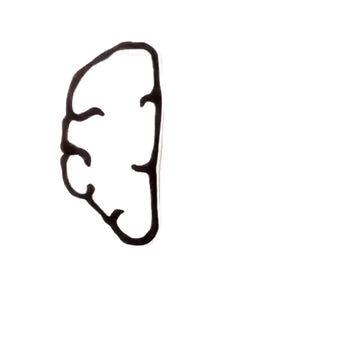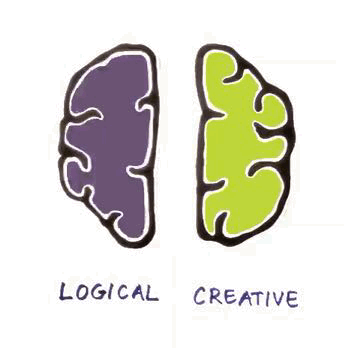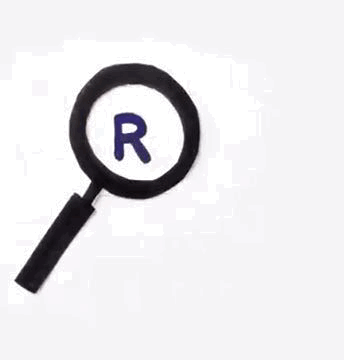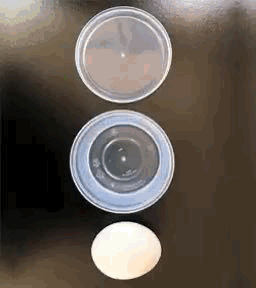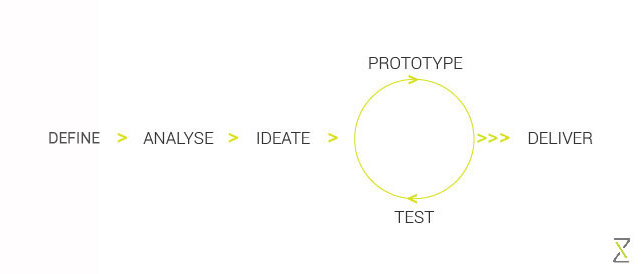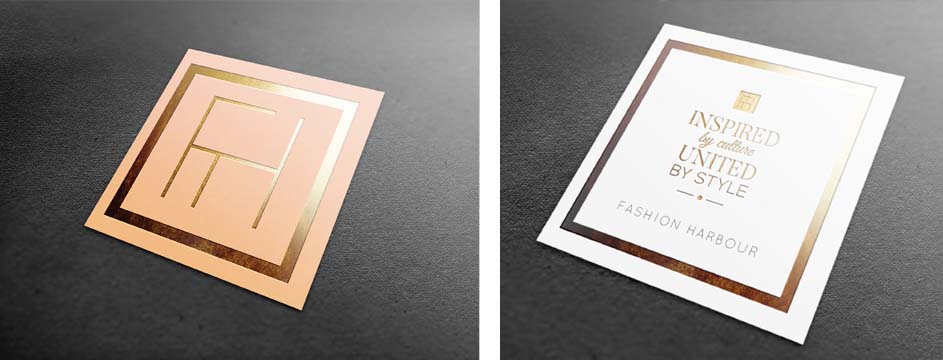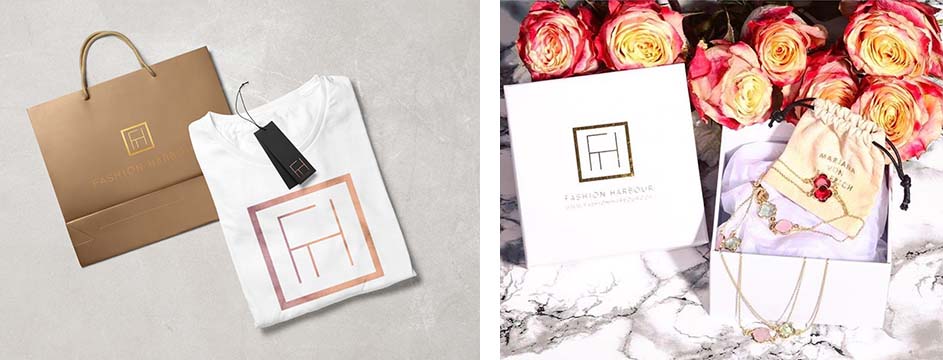Design Strategy, Trends
Technology has become cheaper and thus more accessible over the years. Low cost mobile phones, computers and the Internet, coupled with tools such as social media and data analytics have resulted in the following outcomes:
Shift in Power
The growth of platforms like Facebook, Google and Youtube, primarily enabled by low-cost Internet, has enhanced cyclical connectivity and feedback loops which enable transparency. The common individual’s access to information has played a major role in shifting where the power to influence lies.
Today’s potential customer is more likely to believe the reviews of an online community and less likely to be influenced by a company’s advertising efforts. Power now lies with social groups or communities. Customers are able to gain more knowledge about a particular product, as well as of its competitors’ and interact with each other quickly, giving them the power to demand customised products that better suit their needs. Today’s customer is motivated to play a key role in the innovation process. Ideas for innovation are also able to come from sources such as vendors, partners and other key players, and are no longer limited to the traditional internal source – the R & D department.
Global Collaboration and Enhanced Mobility
The World Wide Web has enabled a global civilization connected by an invisible force – the Internet. Information travels rapidly, and distances no longer feel intimidating. The world is literally at your fingertips.

Information Sharing and Analysis
Individuals can collaborate in an intangible environment enabled by high-speed Internet, social media platforms, inexpensive computers and mobile phones. People from different parts of the world, with different areas of expertise, can all sit at the same virtual ‘table’ and co-create.
Social media platforms allow for rapid two-way flow of information between creators of products/services and end users. Further, the information is no longer limited to just text, but also has visual aid. This means understanding problems or needs becomes much easier, potentially allowing for better solutions to be developed.
Because of technology, large amounts of information can be quickly shared and the same data set can be analysed by people with different areas of expertise. Big data and data analytics allow firms to better understand and segment the market, identify new trends and needs, and eventually help in developing mutually beneficial marketing strategies.
In short, technology today enables:
– Access to various problem solvers from different backgrounds and with diverse expertise
– Rapid communication and information sharing.
These features form the pillars of a successful co-creative endeavour.
THE FUTURE OF CO-CREATION & INNOVATION – WHAT NEXT?
With artificial intelligence predicted to take over large chunks of the workforce in the future, algorithms developed from repetitive human patterns will influence innovation.
Augmented collaboration will also enhance the experience and efficiency of co-creation.There are multiple innovators currently working on trying to directly connect our brain’s neurology to technology.The day we can share our thoughts and ideas just by thinking of a specific person may not be that far away.
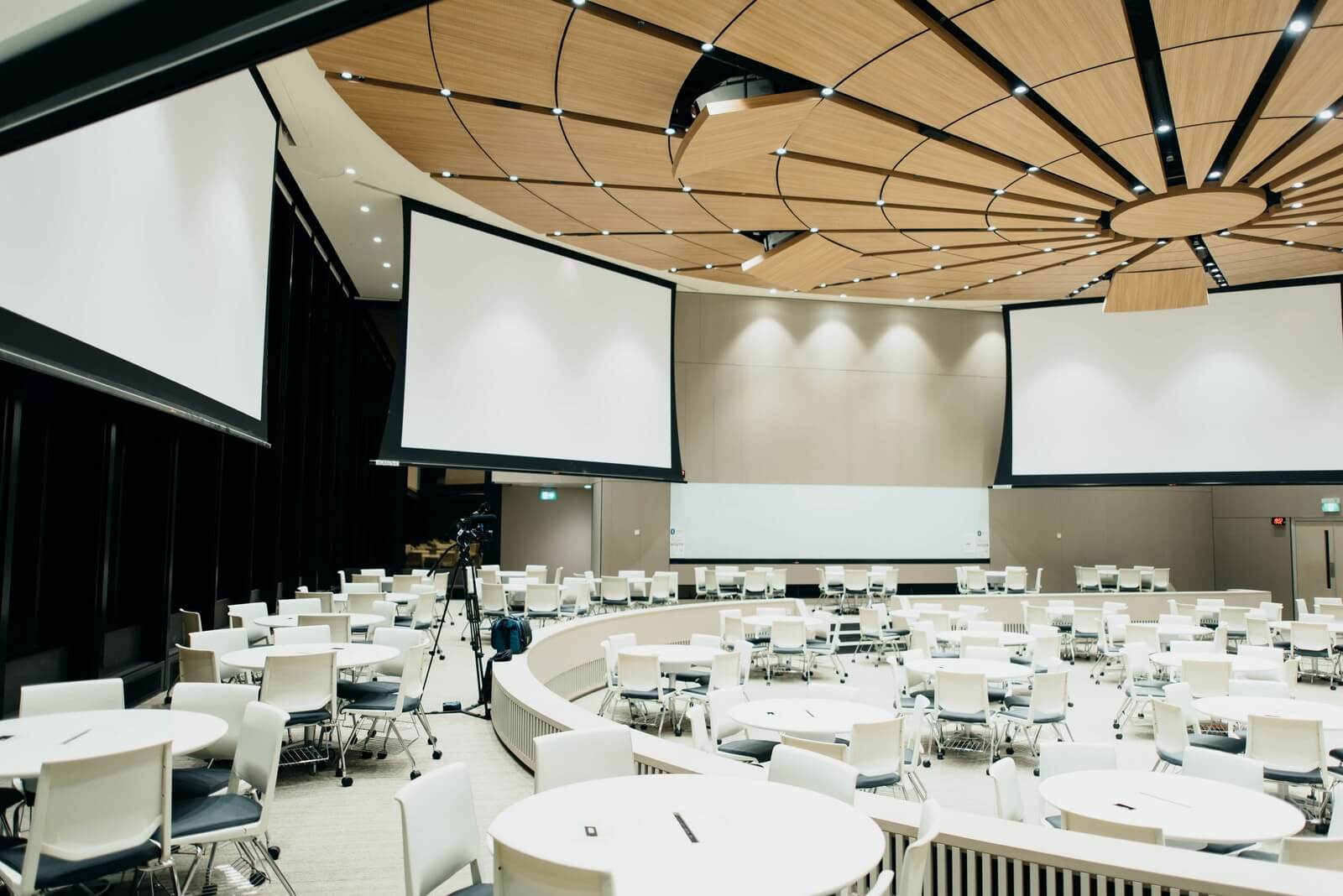
Augmented collaboration will also enhance the experience and efficiency of co-creation.There are multiple innovators currently working on trying to directly connect our brain’s neurology to technology.The day we can share our thoughts and ideas just by thinking of a specific person may not be that far away.
Advancements in technology are setting up a platform that will allow for co-creation and innovation to take place at an unprecedented pace.
Will you be ready?
Perhaps our article next week – The Golden Principles of Co-creation – can help. Stay tuned.

